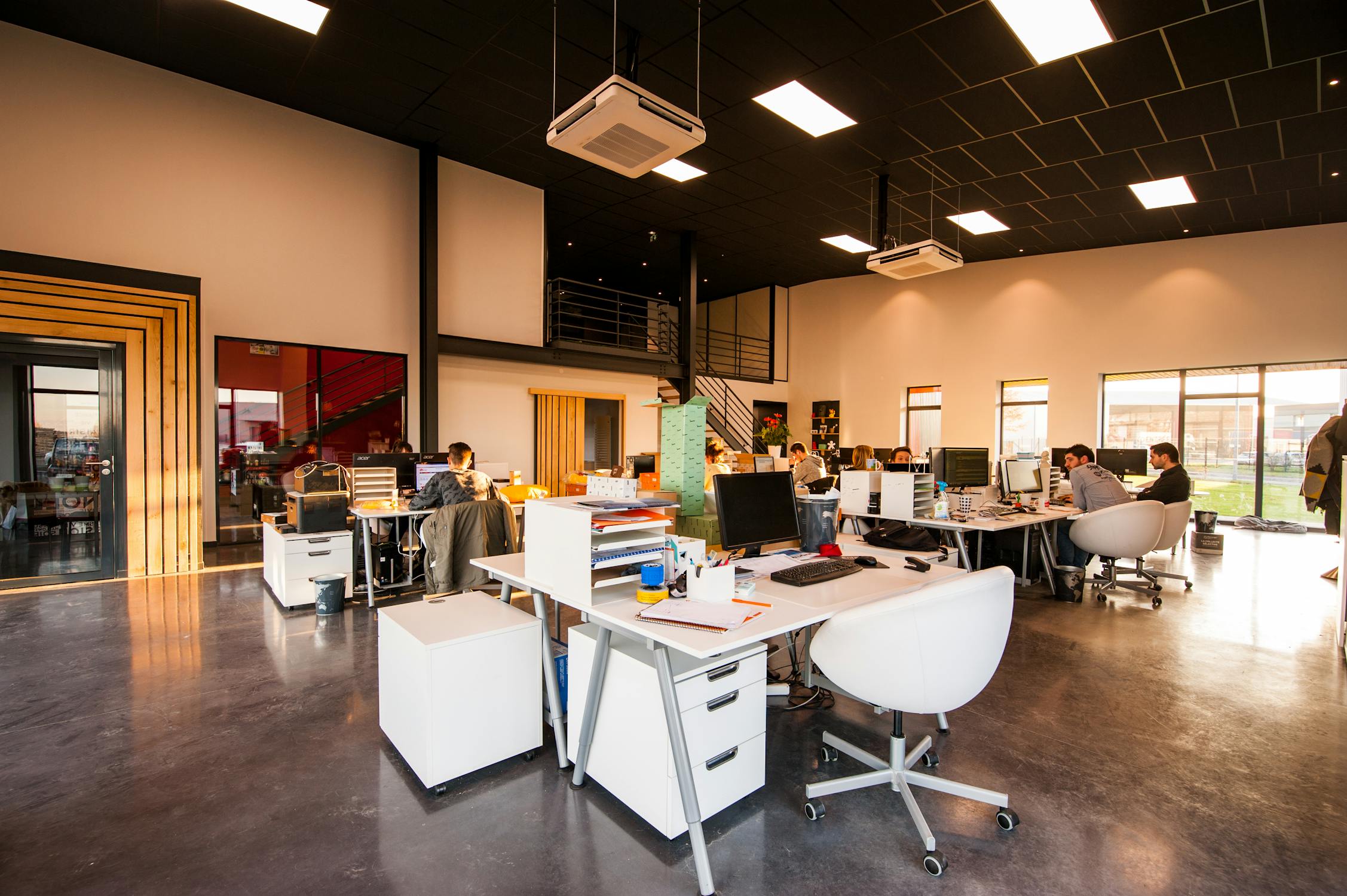What Comes After
Humanity?
We stand at a precipice. The journey from artificial intelligence to superintelligence could redefine existence itself. ExploreAI is your guide to understanding the most important conversation of our time.
Begin the ExplorationThe Spectrum of Intelligence
Understanding the future requires a clear map of the present. Artificial intelligence is not a single concept, but a progression of capabilities.
ANI: Artificial Narrow Intelligence
(Here & Now) AI that excels at a single, specific task. From playing chess to driving a car, ANI is powerful but limited. It is a tool, not a mind.
AGI: Artificial General Intelligence
(The Horizon) A machine with the ability to understand, learn, and apply its intelligence to solve any problem a human can. This is the threshold of true machine consciousness.
ASI: Artificial Superintelligence
(The Unknowable) An intellect that is vastly smarter than the best human brains in practically every field. Its capabilities are, by definition, beyond our current comprehension.
The Great Questions
The pursuit of AGI is not just a technical challenge; it forces us to confront the deepest philosophical questions about ourselves and our future.
The Alignment Problem
How can we ensure that the goals of a superintelligent AI are aligned with human values and well-being?
The Nature of Consciousness
Could an AGI ever truly be conscious? And if so, what moral obligations would we have towards it?
The Future of Work & Society
In a world where machines can do any intellectual task, what is the purpose of humanity?

Fostering Informed Dialogue
ExploreAI.org is a non-profit initiative dedicated to making the complex topics of AGI and superintelligence accessible to everyone. We believe a better future can only be built through collective wisdom and open conversation.
- Curate Knowledge: We distill cutting-edge research and expert opinions into clear, concise resources.
- Build Community: We provide a platform for curious minds from all backgrounds to connect, discuss, and learn together.
- Promote Responsibility: We advocate for the safe and ethical development of advanced AI for the benefit of all humanity.
The Conversation is Happening Now
This is not science fiction. The foundations of our future are being laid today. Subscribe to our newsletter for essential insights, research summaries, and to be part of this critical global dialogue.